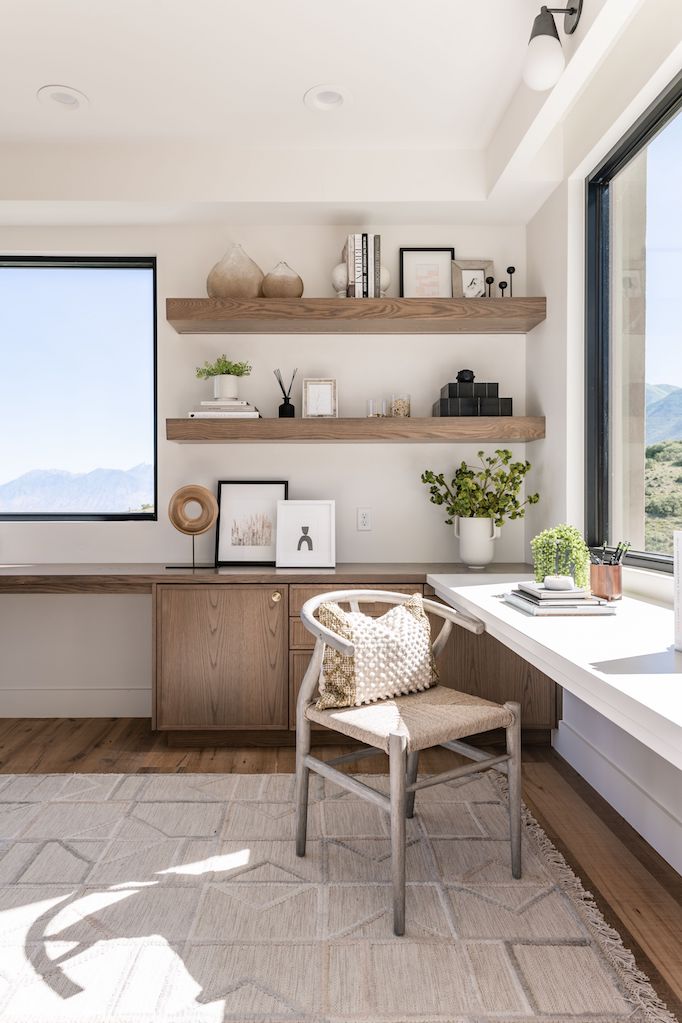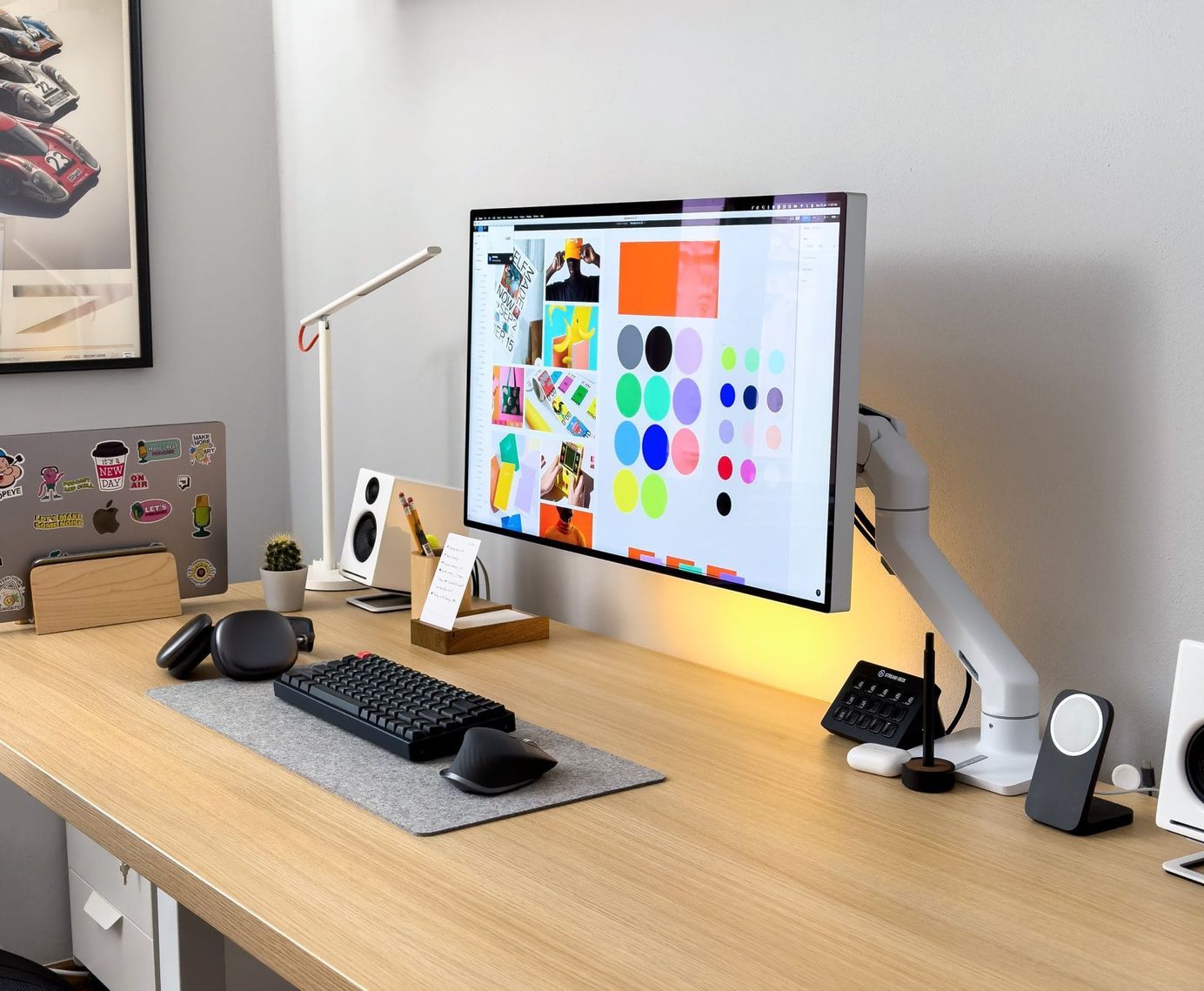The Subtle Science of Calm: Why Certain Spaces Feel Peaceful
Share


Have you ever walked into a room and instantly felt at ease — even before noticing why?
That’s not coincidence — it’s design psychology.
Peaceful spaces are built on subtle cues your senses pick up before your brain even catches on.
Calm is a science, not just an aesthetic.
1. The Hidden Triggers of Calm
Our brains evolved to seek safety and stability. When a space feels balanced — with soft light, visual order, and natural tones — your nervous system registers it as “secure.”
Three subconscious triggers create this calm response:
-
Visual clarity: clear lines and organized layouts reduce cognitive load.
-
Soft sensory input: diffused light, muted sounds, natural materials.
-
Predictability: symmetry and rhythm reassure your brain that nothing chaotic will happen here.
You relax not because you think “this is calm” — but because your body senses “I’m safe.”
2. The Power of Color and Texture
Calming colors — beige, sage, ivory, warm gray — lower your heart rate and steady breathing.
Rough, natural textures (wood, linen, stone) ground the body, while smooth surfaces (glass, metal) add mental sharpness.
A good balance between the two creates a state of relaxed alertness — the ideal mood for meaningful work.
3. The Role of Space and Light
Clutter crowds your field of vision, forcing your brain to multitask visually.
Even if you think you’ve adapted, background tension builds.
Light, on the other hand, directs emotion:
-
Morning light = gentle energy
-
Golden hour light = peace
-
Soft lamp glow = closure
Layer them throughout your day like emotional anchors.
4. Building a Peaceful Workspace
🌿 Step 1 — Simplify visual noise.
Remove excess, group by function, and leave blank space intentionally.
💡 Step 2 — Adjust lighting temperature.
Cool light (4500–5000 K) in the morning, warm light (2700 K) after sunset.
🪵 Step 3 — Add grounding elements.
Wood, clay, and fabric textures invite stillness.
🕯️ Step 4 — Engage your senses quietly.
Soft scent, calm background sound, and breathable air — calm lives in sensory balance.
5. Calm as a Competitive Edge
Calm isn’t laziness — it’s efficiency without friction.
When your environment reduces unnecessary stress signals, your brain operates in flow — sustained focus without tension.
That’s how you produce quality, not burnout.
